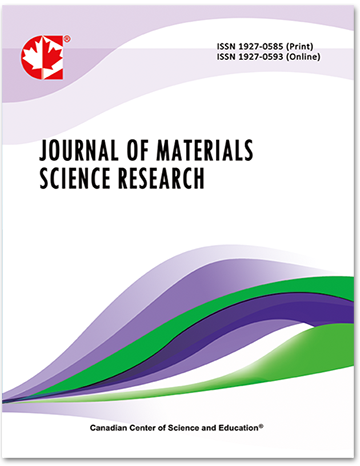Photovoltaic Performance of Spray-Coated Zinc Oxide Nanoparticles Sensitized With Metal-Free Indoline Dyes
- Boateng Onwona-Agyeman
- Motoi Nakao
- Takuya Kitaoka
Abstract
Photovoltaic properties of nano-sized zinc oxide (ZnO) films sensitized with a conventional ruthenium complex (N719) and two metal-free organic indoline dyes (D-149 and D-205) were compared. The ZnO nanoparticles were deposited on transparent conductive aluminum-doped ZnO coated glass substrates (AZO) by spray-coating deposition method and then annealed in air at 500 °C. Using the ZnO-coated AZO as transparent conductive substrates, dye-sensitized solar cells (DSCs) were prepared with the N719, D149 and D205 dyes as the sensitizers. The photoaction spectra of the incident photon-to-current conversion efficiency (IPCE) of the DSCs revealed that the indoline-sensitized solar cells were higher and broader than the ruthenium-sensitized solar cell in the photo-absorption behavior. Under AM 1.5 simulated sunlight (1000 W m-2), the indoline-sensitized ZnO solar cells yielded solar-to-electric energy conversion efficiency of 3.02 and 2.26% for the D-205 and D-149 respectively, while the N719 sensitized ZnO recorded only 0.97%. The superior performance of the indoline-sensitized solar cells was attributed to mainly higher sunlight harvesting efficiency of these metal-free organic dyes.
- Full Text:
 PDF
PDF
- DOI:10.5539/jmsr.v3n1p87
Journal Metrics
Impact Factor 2022 (by WJCI): 0.583
Google-based Impact Factor (2021): 0.52
h-index (December 2021): 22
i10-index (December 2021): 74
h5-index (December 2021): N/A
h5-median (December 2021): N/A
Index
- CAS (American Chemical Society)
- CNKI Scholar
- Elektronische Zeitschriftenbibliothek (EZB)
- EuroPub Database
- Excellence in Research for Australia (ERA)
- Google Scholar
- Infotrieve
- JournalTOCs
- LOCKSS
- NewJour
- PKP Open Archives Harvester
- Qualis/CAPES
- SHERPA/RoMEO
- Standard Periodical Directory
- Universe Digital Library
- WJCI Report
- WorldCat
Contact
- John MartinEditorial Assistant
- jmsr@ccsenet.org
